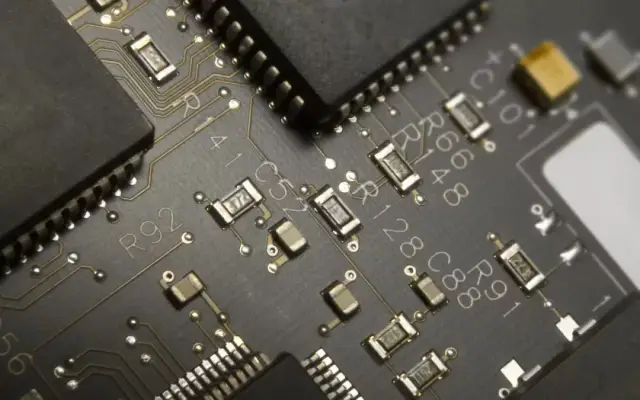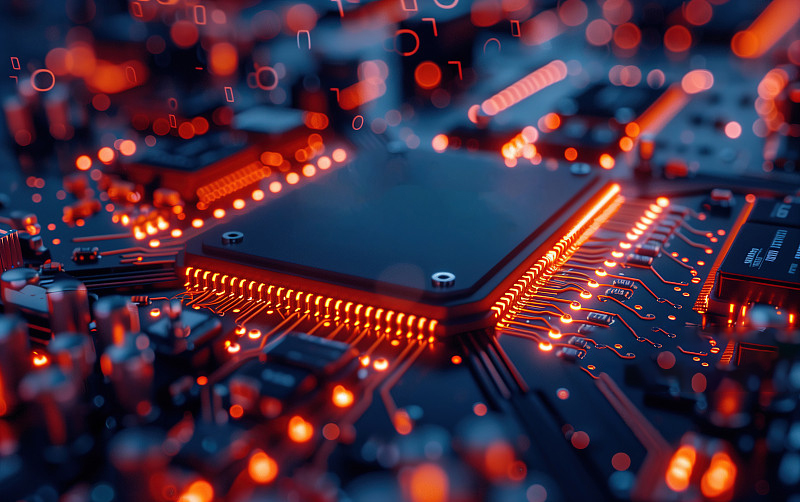I. Importance of Thermal Design
During the operation of electronic devices, a significant portion of electrical energy is converted into heat. If this heat is not dissipated in a timely manner, the internal temperature of the device will rise sharply, leading to overheating failure of components and reduced reliability. SMT technology has increased the mounting density and decreased the effective heat dissipation area, further exacerbating the thermal issues. Therefore, thermal design is of the utmost importance.
II. Analysis of PCB Temperature Rise Factors
The temperature rise of a PCB is primarily generated by power-consuming components, encompassing both local and overall, short-term and long-term temperature rises. When analyzing the thermal power consumption of a PCB, the following factors need to be considered:
- Electrical Power Consumption: Power consumption per unit area and power distribution.
- PCB Structure: Size and material.
- Mounting Method: Vertical or horizontal mounting, sealing conditions, and distance from the enclosure.
- Thermal Radiation: Emissivity of the PCB surface and temperature difference between adjacent surfaces.
- Thermal Conduction: Conduction through heatsinks and other structural components.
- Thermal Convection: Natural convection and forced cooling convection.
These factors are interrelated and require comprehensive analysis based on actual conditions to accurately calculate or estimate temperature rise and power consumption.
III. Principles of Thermal Design
- Material Selection: Choose materials with low thermal resistance, such as thick copper-clad laminates, aluminum-based substrates, and ceramic substrates. Multilayer board structures aid in heat dissipation.
- Heat Dissipation Channels: Establish low thermal resistance channels, set up thermal vias and blind vias, use thermally conductive materials, and optimize process methods.
- Component Layout: Control internal temperature rise through software thermal analysis; reasonably distribute heat-generating components; optimize heat transfer paths; consider the impact of thermal radiation; place liquid-dielectric capacitors away from heat sources; maintain consistent ventilation directions; position heat-generating devices above the product or in airflow channels; mount high-heat or high-current devices on heatsinks, away from other components.
- Wiring Requirements: Reasonably design the PCB structure; plan channel widths based on current density; surface large current traces; reduce thermal resistance at contact surfaces; consider thermal stress balance; use windowed copper for heat dissipation; utilize metalized vias for heat dissipation; employ additional heatsinks as necessary.
IV. Thermal Simulation and Analysis
Thermal analysis aids in determining the electrical performance of PCB components and avoiding high-temperature damage.
- Types of Thermal Analysis: Simple analysis calculates the average temperature of the PCB, while complex analysis establishes transient models. Accuracy depends on the precision of component power consumption.
- Power Consumption Calculation: Determining PCB component power consumption requires an iterative process. Initially estimate the component's operating ambient temperature, input into a thermal model to calculate temperature, and recalculate power consumption with the new temperature until values stabilize. Simplified methods include estimating total power consumption as a uniform heat flux and determining power consumption using "temperature/power" curves provided by component manufacturers.
- Thermal Boundary Conditions: Include natural or forced convection, thermal radiation, conduction, etc.
- Thermal Simulation Tools: Include general-purpose, computational fluid dynamics (CFD), and PCB-specific tools.
- Basic Process: Accelerate thermal design based on experience; estimate results through board-level thermal simulation to identify defects and provide solutions; validate effects through measurements; optimize thermal simulation models through a prediction-design-measurement-feedback loop to improve accuracy.
In conclusion, thermal design is crucial for ensuring the performance and reliability of electronic devices. By selecting appropriate materials, optimizing heat dissipation channels, arranging components reasonably, scientifically routing wires, and accurately performing thermal simulations, the temperature rise of PCBs can be effectively reduced, and device reliability can be improved.





